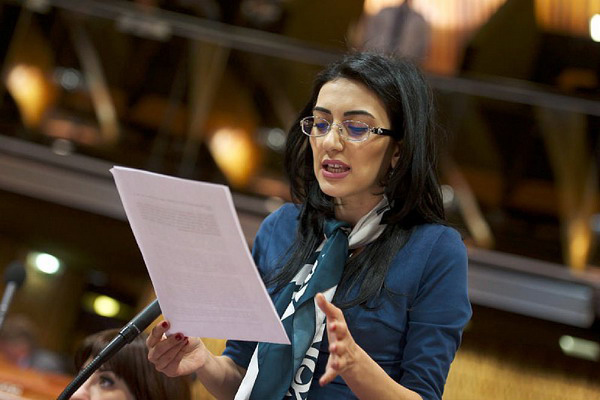The World Economic Forum analytical group had published the subsequent table of The Global Gender Gap Index 2014. Gender gap table is published since 2006. Countries are scored from 0-1 scale. The closer the country’s rating is to 1, less is the gender gap in given country. Unfortunately, Armenia has no place to be proud of. When compiling the table of gender gap, the authors of the initiative selected fourteen indicators in four main areas: economic participation and career opportunity, education, health and political empowerment.
Studies were conducted in nearly 150 countries, but some of them are not included in the list due to the lack of trust and reliability of statistical data. If there were 135 countries in the list in 2012, this year, there are 142 countries. As expected, the best results are recorded in northern European countries, such as Iceland (0,8594), Finland (0,8453), Norway (0,8374), Sweden (0,8165), Denmark (0,8025), etc. The countries with major economy are not in the top ten. Germany ranked only 12th (0,7780), the US – 20th (0,7463), Canada – 19th (0,7464) and France – 16th (0,7588). For the past several years, Yemen and Pakistan become the leading n gender gap. If in 2012, Armenia ranked 92nd by 0.664 scores, and in 2013 – 94th by 0.663 scores, this year it ranks only 103rd by 0.6622 scores. The situation is stable in Georgia, the country ranked 85-86th in the last three years. For the same period, Iran and Turkey recorded backward, whereas Azerbaijan has made a progress in gender gap: shifting to 94th place from 99th.
In Eurasian Economic Union advocating and leading Russia, the gender gap worsened: in 2012, Russia ranked 59th, in 2014 – 75th. RPA faction MP Arpine Hovhannisyan explains Azerbaijan’s progress by the fact that the ruling party of our neighboring country is trying to provide an external democratic veil in the areas of human rights or any other non-significant areas. As an example, our interlocutor illustrates that there is a significant big number of women in the Parliament of Azerbaijan, who, however, are not actively involved in the parliamentary work. Azerbaijani women are also involved in the European parliamentary groups, are represented in many European platforms, but their active work is not visible. “In a number of true democratic matters, Azerbaijan records a day by day backward, and it is proved by all international organizations. It refers to the areas of the press, freedom of speech, human rights and the areas, where unprecedented violence and pressure is imposed against all those who express an opinion at least very slightly different from the state line. And in the area where a formal presence is noted to be done, they provide a “pseudo” presence,” said Arpine Hovhannisyan.
To the observation that regardless of independent scoring, whether there is a gender gap in Armenia, our interlocutor said that according to her assessment, the Armenia society is more of patriarchal nature, and, naturally, over the years, there was a gender gap, which could not be eliminated at once. However, according to the MP, over the time, various political forces are trying to increase the role of women. In this sense, the so-called positive discrimination has also a role here, in the sense that laws are adopted based in the international standards, which ensure women’s representation in international structures. “The presence of political will and its application in various areas of public life is another matter. In this regard, it is a fact, there was a political will in the 2012 elections, and quite a large number of women came to the parliament, both from the ruling party and the opposition. However, gender gap is still on quite high level. But I also think that the level of women’s involvement should also be somehow natural, based on professionalism and work rather than just by gender,” said Arpine Hovhannisyan.
Read also
N. GRIGORYAN






















































